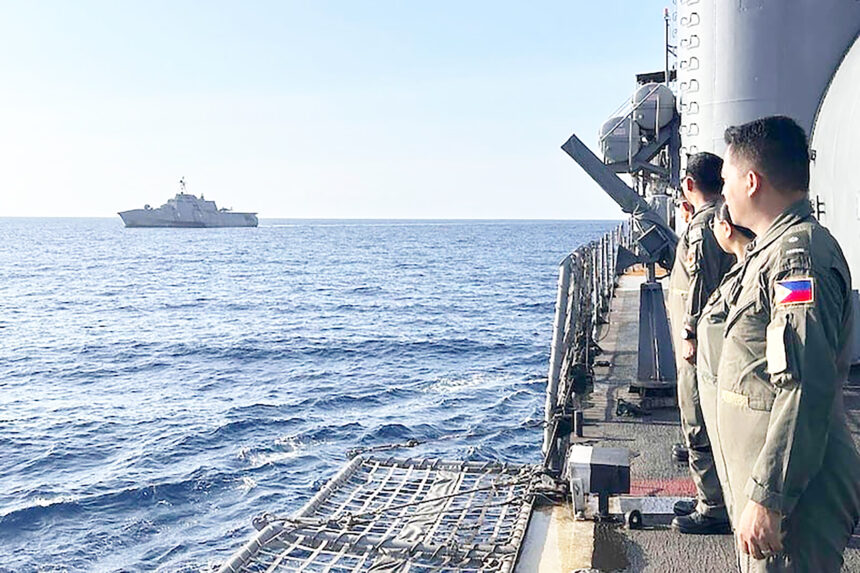MANILA – The Philippine and United States (US) air forces kicked off joint exercises yesterday aimed at boosting operational coordination and enhancing “strategic deterrence”, Manila’s military said.
The drills follow months of confrontations between Beijing and Manila over disputed areas of the South China Sea, with significantly larger US-Philippine air, land and sea exercises set for late April.
“Enhancing combat readiness and elevating joint mission effectiveness” would be central to the Cope Thunder exercise, Philippine Air Force commander Arthur Cordura said at a ceremony to launch the drills.
Military ties between the Philippines and US have deepened since the 2022 election of president Ferdinand Marcos, with Manila pushing back on sweeping Chinese claims in the South China Sea that an international tribunal has ruled are without merit.
The US State Department last week approved a long-mooted sale of F-16 fighter jets to the Philippines, though Manila said the deal was “still in the negotiation phase”.
Speaking at yesterday’s ceremony, US major general Christopher Sheppard said “the pace of our alliance is accelerating”.
Cope Thunder, which will continue through 18 April, aims to enhance “asymmetric warfare capabilities”, operational coordination and strategic deterrence, the Philippine Air Force stated.
“Further down the road, we look forward to the seamless transition to exercise Balikatan, which will continue to push the boundaries of our interoperability,” Cordura added.
Like the majority of Balikatan’s planned activities, Cope Thunder will be conducted on northern Luzon island, the area of the Philippines closest to Taiwan.
As China encircled Taiwan with planes and ships in a simulated blockade last week, Philippine military chief Romeo Brawner warned troops that their country would “inevitably” be involved should the self-ruled island be invaded.
Beijing insists Taiwan is part of its territory, and has threatened to forcefully bring it under its control. While Manila later said Brawner’s comments were primarily referencing efforts to retrieve Filipino workers in Taiwan, the Enhanced Defence Cooperation Agreement with Washington gives US forces access to nine bases in the country.
One is a naval facility at Cagayan’s Santa Ana, about 400 kilometres (250 miles) from Taiwan.
During a recent visit to Manila, US defence chief Pete Hegseth said Washington was “doubling down” on its alliance with the archipelago nation.
“Deterrence is necessary around the world, but specifically in this region, in your country – considering the threats from the Communist Chinese,” he said on 28 March.
– Nampa/AFP


